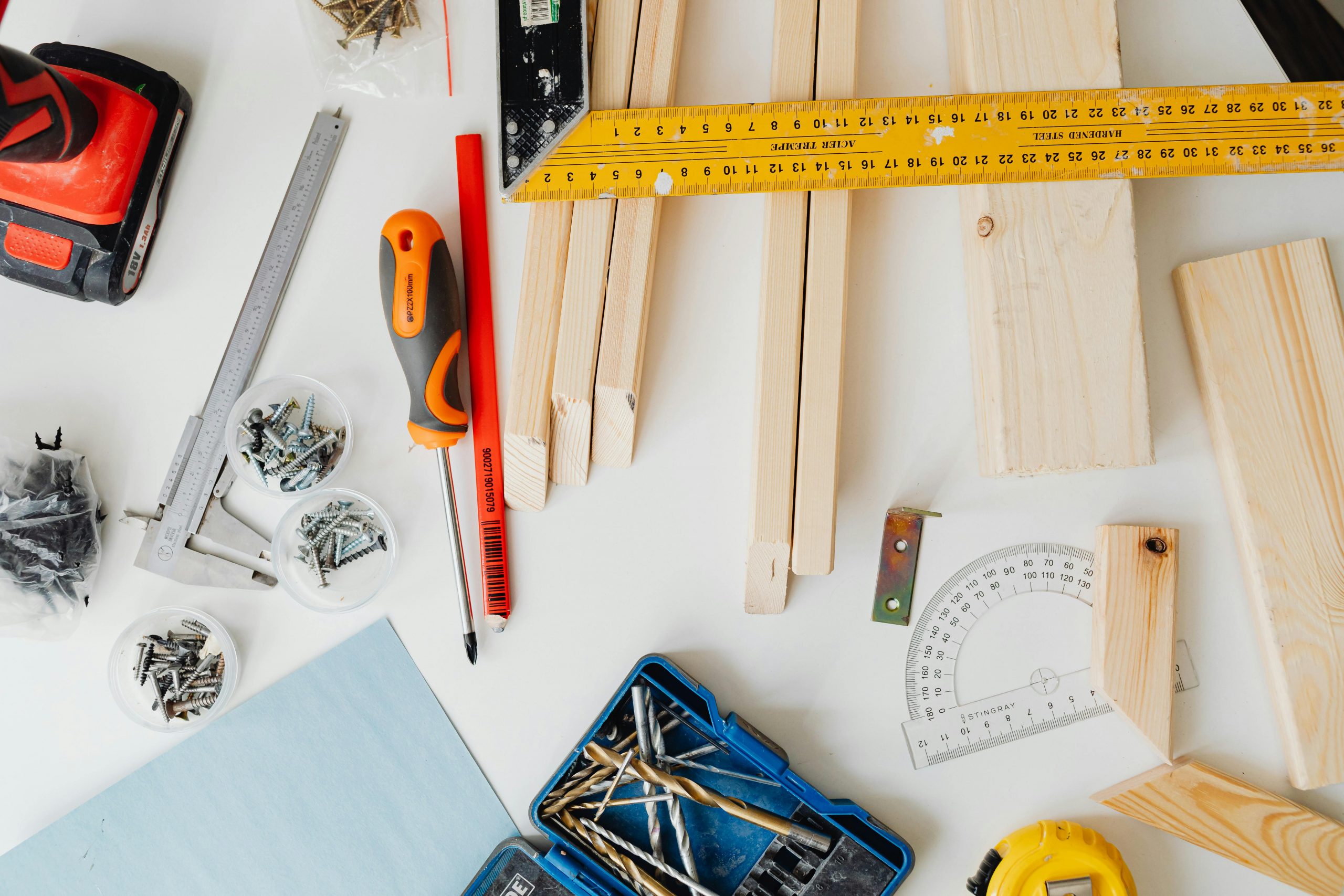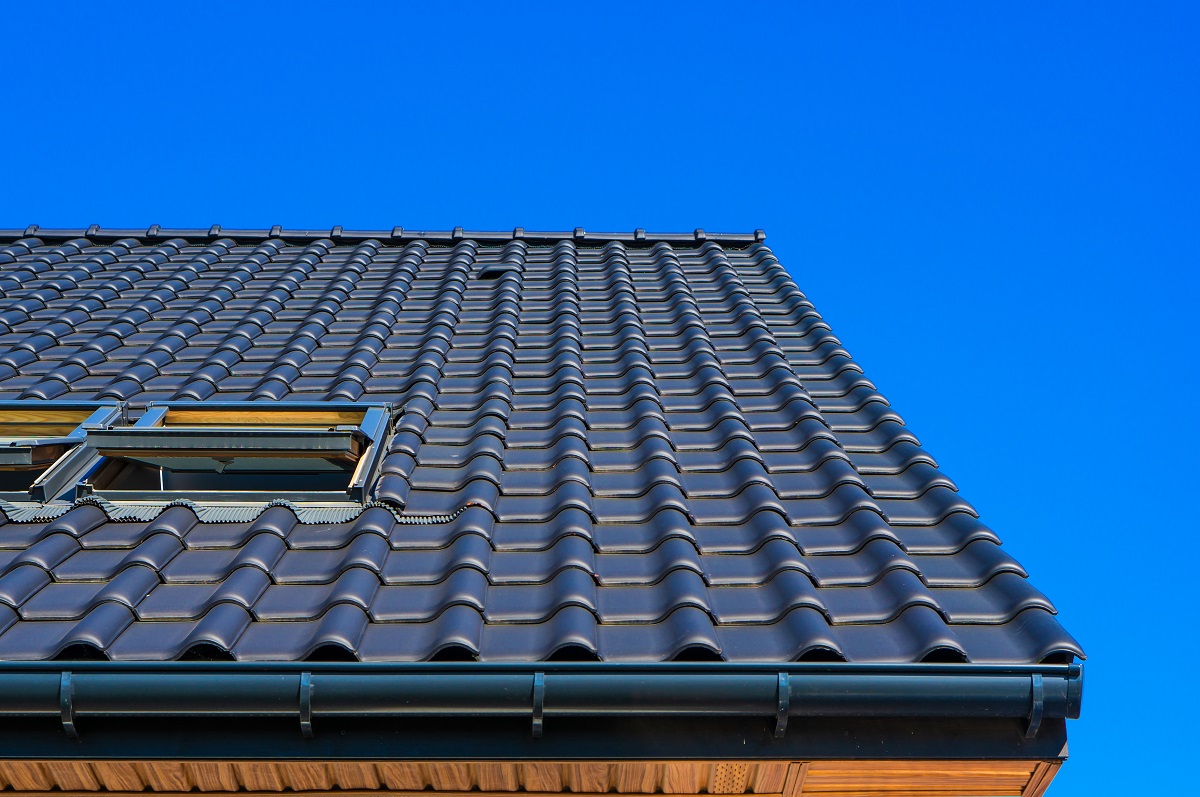- Gutter guards reduce clogs and maintenance: They keep leaves, debris, and pests out, protecting your roof, foundation, and gutters.
- Proper preparation is crucial: Clean gutters, repair damage, check slope, and trim overhanging branches before installation.
- Different types have different installation methods: Mesh, reverse curve, brush, foam, and screen guards each require specific steps for best performance.
- DIY vs professional installation matters: Foam, brush, and some mesh or screen guards are DIY-friendly; reverse curve and premium metal guards often require professionals.
- Common mistakes can reduce effectiveness: Skipping cleaning, using the wrong type, leaving gaps, or ignoring safety precautions can compromise performance.
- Costs vary by type and installation method: DIY options range from $0.50–$2 per linear foot, while professional installations can cost up to $25 per linear foot.
- Regular maintenance extends lifespan: Inspect guards twice a year, remove debris, trim nearby trees, and repair or replace damaged sections as needed.
Gutters are an important part of your home’s exterior, but they’re often overlooked—until they clog. Clogged gutters can lead to water damage, foundation issues, and even pest infestations. Installing gutter guards is a simple way to keep debris out while reducing maintenance. If you’re a homeowner looking to protect your home and save time on gutter cleaning, this guide will show you how to install gutter guards step by step, with tips for different types and tools needed.
Why Should You Install Gutter Guards?
Before diving into installation, it’s important to understand why gutter guards matter. Here’s what they can do for your home:
- Prevent clogs: Leaves, twigs, and other debris are blocked from entering the gutter.
- Reduce maintenance: Less frequent cleaning means fewer trips up the ladder.
- Protect your home: Prevents water damage to your roof, fascia, and foundation.
- Avoid pests: Keeps mosquitoes, birds, and other critters from nesting in your gutters.
- Increase longevity: Extends the life of your gutters by preventing rust and blockages.
Installing gutter guards is an investment in your home’s protection and your own peace of mind.
What Tools and Materials Do You Need?

Having the right tools is crucial for a safe and successful installation. Most installations require basic hand tools, but some guards may need specialized equipment.
Basic tools:
- Ladder (with stabilizer if possible)
- Measuring tape
- Gloves
- Safety glasses
- Screwdriver or drill
- Tin snips (for metal guards)
- Chalk line (for alignment)
Materials:
- Gutter guards (mesh, screen, foam, brush, or reverse curve type)
- Screws or fasteners (if required)
- Sealant (optional, for added waterproofing)
Safety tip: Always work with a partner if possible, especially on high ladders. Make sure the ladder is on stable ground and wear gloves to protect your hands.
How to Prepare Your Gutters Before Installation
Preparation ensures that your new gutter guards work properly. Follow these steps:
- Clean your gutters: Remove all leaves, debris, and buildup from your gutters.
- Inspect for damage: Look for rust, holes, or sagging sections that need repair.
- Check the slope: Gutters must slope toward downspouts to allow water to flow freely.
- Trim overhanging branches: Reduces the debris that falls into gutters in the future.
- Measure your gutters: Accurate measurements help you buy the right amount of guard material.
Proper preparation prevents installation issues and ensures maximum efficiency.
How to Install Gutter Guards by Type
Different types of gutter guards have slightly different installation methods. Here’s a breakdown by type.
Mesh Gutter Guards
Mesh guards are made of fine metal or plastic screens.
Installation steps:
- Slide the mesh into your gutter so it rests on the lip.
- Secure the guard using screws or clips, following the manufacturer’s instructions.
- Ensure water can flow freely through the mesh.
- Check for any gaps where debris could enter.
Tips: Use stainless steel mesh for long-lasting durability and remember to check small debris accumulation occasionally.
Reverse Curve Gutter Guards
Reverse curve guards direct water into the gutter while debris slides off.
Installation steps:
- Position the guard so the curved lip extends over the edge of the gutter.
- Secure the guard using the provided brackets or screws.
- Test water flow with a hose to ensure proper drainage.
Tips: These often require professional installation for precise fitting and are ideal for heavy rainfall areas.
Brush Gutter Guards
Brush guards are tubular brushes that fit inside gutters.
Installation steps:
- Insert the brushes directly into the gutter, aligning them along the length.
- Ensure they sit snugly without bending or compressing.
- Trim the ends if necessary to fit perfectly.
Tips: Brushes work well for large leaves but need occasional cleaning to remove debris caught on top.
Foam Gutter Guards
Foam guards fit directly inside gutters and let water pass through while trapping debris.
Installation steps:
- Cut foam pieces to fit the gutter width.
- Place foam inside the gutter, ensuring it fills the gutter without leaving gaps.
- Trim any excess foam that extends above the gutter edge.
Tips: Foam can degrade in sunlight, so check periodically and replace as needed.
Screen Gutter Guards
Screen guards are flat metal or plastic panels placed over gutters.
Installation steps:
- Lay the screen over the gutter lip.
- Secure with screws, clips, or fasteners along the edge.
- Ensure water can flow underneath without obstruction.
Tips: Screen guards are DIY-friendly but may need occasional repositioning if winds or snow lift them.
Common Mistakes to Avoid When Installing Gutter Guards
Even experienced DIYers can make mistakes that reduce guard effectiveness:
- Installing guards without cleaning or repairing gutters first
- Using the wrong type of guard for your debris type
- Leaving gaps where leaves or small debris can enter
- Overlooking safety and ladder precautions
- Forgetting to test water flow after installation
Checking these points ensures your gutter guards work as intended.
How Much Does Installing Gutter Guards Cost?
Costs vary depending on type and whether you hire a professional.
| Type | DIY Cost (per linear foot) | Professional Cost (per linear foot) |
| Mesh | $0.50–$2 | $6–$15 |
| Reverse Curve | N/A | $10–$25 |
| Brush | $1–$2 | $5–$10 |
| Foam | $0.75–$1.50 | $3–$7 |
| Screen | $0.50–$1.50 | $5–$10 |
Investing in high-quality guards reduces long-term maintenance and protects your home from costly water damage.
How to Maintain Your Gutter Guards

Even with guards, some maintenance is necessary:
- Inspect twice a year: Check for debris, damage, or displacement.
- Clean nearby trees: Trim branches to reduce falling leaves.
- Remove accumulated debris: Foam, brush, and screen guards may catch some debris on top.
- Repair or replace damaged sections: Guards that are bent, broken, or worn reduce effectiveness.
Regular maintenance ensures that your guards last longer and your gutters remain efficient.
Safety Tips for Installing Gutter Guards
- Always use a sturdy ladder on level ground.
- Work with a partner whenever possible.
- Wear gloves and eye protection.
- Avoid installing guards during heavy rain or strong winds.
- Follow manufacturer instructions carefully.
Frequently Asked Questions About Installing Gutter Guards
Do I need professional help?
DIY is possible for foam, brush, and some mesh or screen guards. Reverse curve and premium metal guards are often better installed by a professional.
Can I install guards on old gutters?
Yes, but inspect gutters first. Repair or replace damaged sections to ensure guards work effectively.
Will gutter guards eliminate cleaning entirely?
No, they reduce maintenance but occasional cleaning is still recommended to prevent small debris buildup.
How long do gutter guards last?
Metal guards like mesh and screens can last 15–25 years. Foam and brushes may need replacement every 5–10 years depending on weather and wear.
Final Thoughts
Installing gutter guards is a simple yet effective way to protect your home, reduce maintenance, and prevent water damage. Whether you choose mesh, reverse curve, brush, foam, or screen guards, proper preparation, installation, and maintenance are key.
By following this step-by-step guide, you can install your gutter guards safely and efficiently, keeping your gutters clear and your home protected for years to come.
